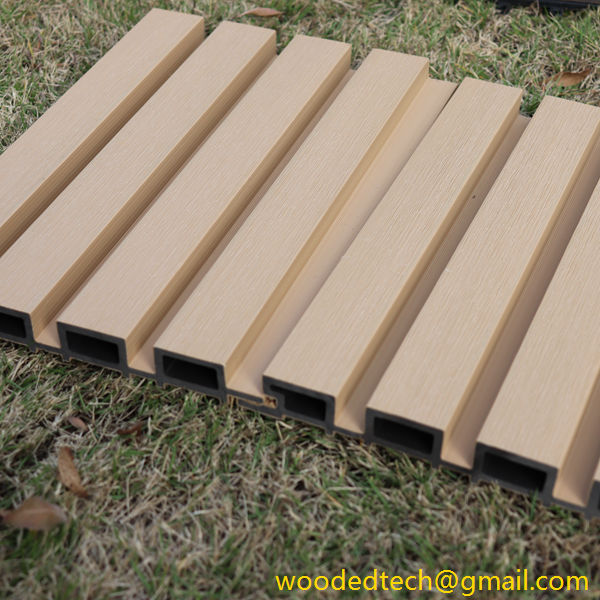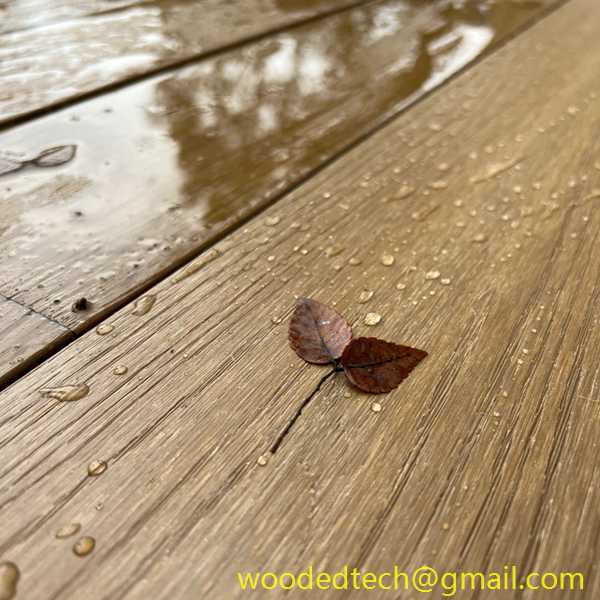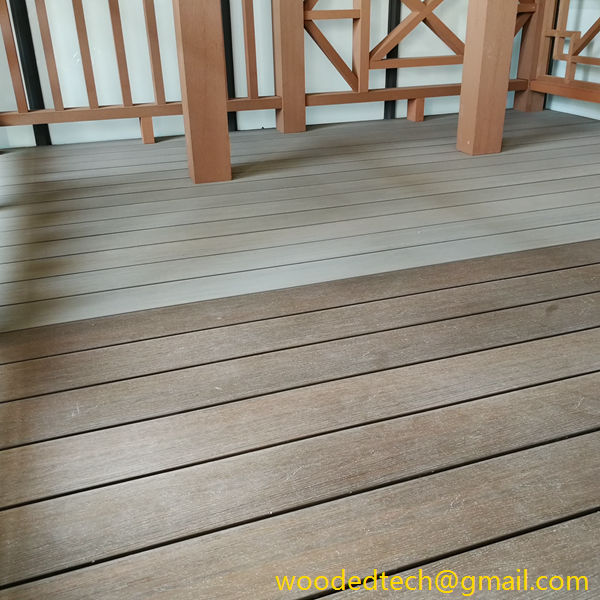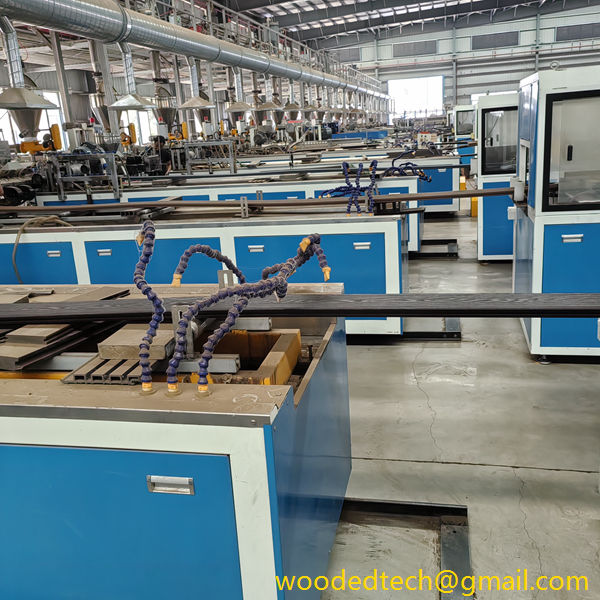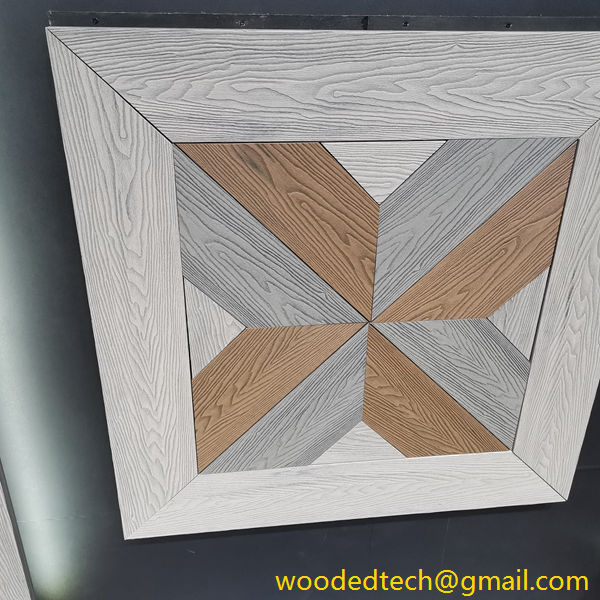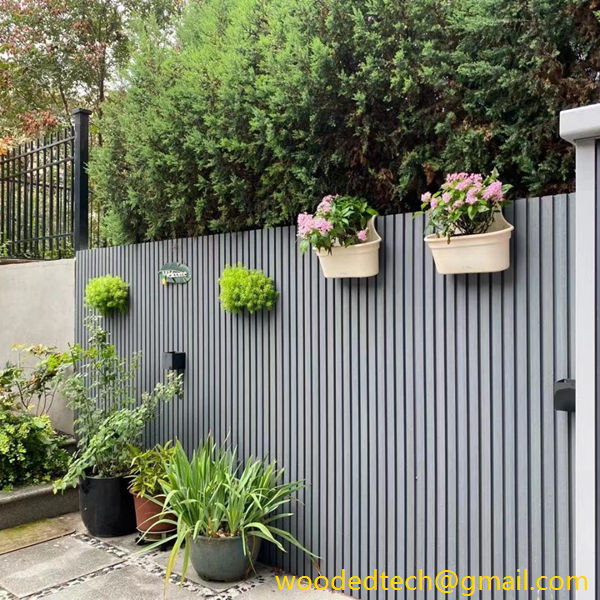WPC flooring, which stands for Wood Plastic Composite flooring, has gained significant attention in recent years due to its unique blend of materials and impressive performance characteristics. This innovative flooring option combines the natural aesthetic appeal of wood with the durability and resilience of plastic, resulting in a product that meets the demands of modern living spaces. This article delves into the material properties of WPC flooring, highlighting its advantages and making it an increasingly popular choice among homeowners and builders alike.
One of the most notable properties of WPC flooring is its durability. Traditional hardwood floors, while beautiful, are often susceptible to scratches, dents, and moisture damage. In contrast, WPC flooring is engineered to withstand the rigors of daily use. The composite material is resistant to wear and tear, making it an ideal choice for high-traffic areas such as living rooms, hallways, and commercial spaces. This durability is primarily due to the plastic component, which provides a tough outer layer that protects against surface damage.
Another essential characteristic of WPC flooring is its water resistance. Unlike traditional wood flooring, which can warp or swell when exposed to moisture, WPC is designed to repel water effectively. This makes it an excellent option for areas prone to spills or humidity, such as kitchens, bathrooms, and basements. The water-resistant nature of WPC flooring helps prevent the growth of mold and mildew, contributing to a healthier indoor environment.
In addition to its water resistance, WPC flooring offers excellent thermal insulation properties. The composite materials used in its construction help to retain heat, making it a comfortable choice for colder climates. Homeowners can enjoy a warm and inviting space without the need for additional heating solutions. This thermal insulation also contributes to energy efficiency, as it can help reduce heating costs during the winter months.
WPC flooring is also known for its ease of installation. The planks are designed with a click-lock system, allowing for straightforward and quick installation without the need for glue or nails. This feature is particularly advantageous for DIY enthusiasts who wish to undertake home improvement projects on their own. Moreover, the lightweight nature of WPC planks makes them easy to handle and transport, further simplifying the installation process.
In terms of aesthetics, WPC flooring offers a wide range of design options. Manufacturers produce WPC planks in various colors, textures, and finishes, allowing homeowners to choose the perfect match for their interior decor. The advanced printing technology used in the production of WPC flooring can replicate the look of natural wood, providing the warmth and beauty of hardwood floors without the associated maintenance challenges. This versatility in design makes WPC flooring a suitable choice for various design styles, from modern to rustic.
Another significant advantage of WPC flooring is its low maintenance requirements. Unlike hardwood floors that need regular refinishing and special cleaning products, WPC flooring can be maintained with simple cleaning techniques. Regular sweeping or vacuuming, combined with occasional mopping using a damp cloth, is usually sufficient to keep WPC floors looking their best. This ease of maintenance makes WPC flooring an attractive option for busy households and commercial spaces where time and resources may be limited.
Environmental considerations are also important when discussing the material properties of WPC flooring. Many manufacturers use recycled materials in their production processes, contributing to sustainability efforts. WPC flooring often contains a blend of recycled wood fibers and plastic, reducing the demand for virgin materials and minimizing waste. Additionally, its longevity and durability mean that WPC flooring does not need to be replaced as frequently as traditional flooring options, further reducing its environmental impact over time.
In conclusion, WPC flooring represents a significant advancement in flooring technology, combining the best attributes of wood and plastic to create a product that excels in durability, water resistance, thermal insulation, ease of installation, aesthetic versatility, low maintenance, and environmental sustainability. As homeowners and builders continue to seek innovative solutions that meet the demands of contemporary living, WPC flooring stands out as a practical and attractive option. With its impressive material properties, it is no surprise that WPC flooring is becoming a preferred choice for many, transforming spaces while offering lasting performance.




